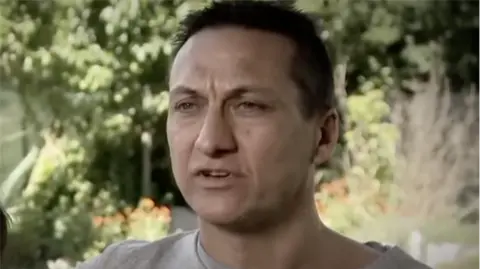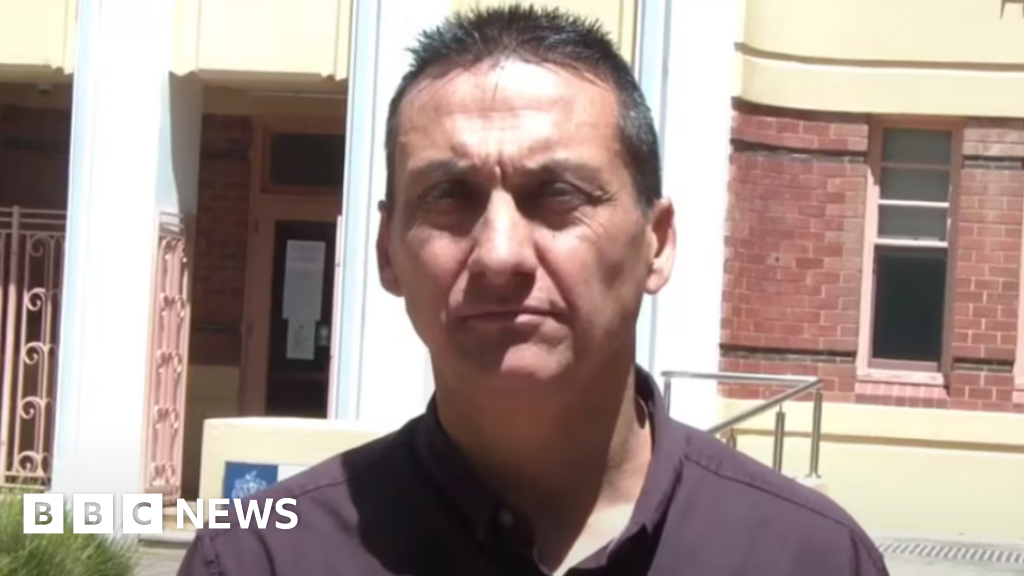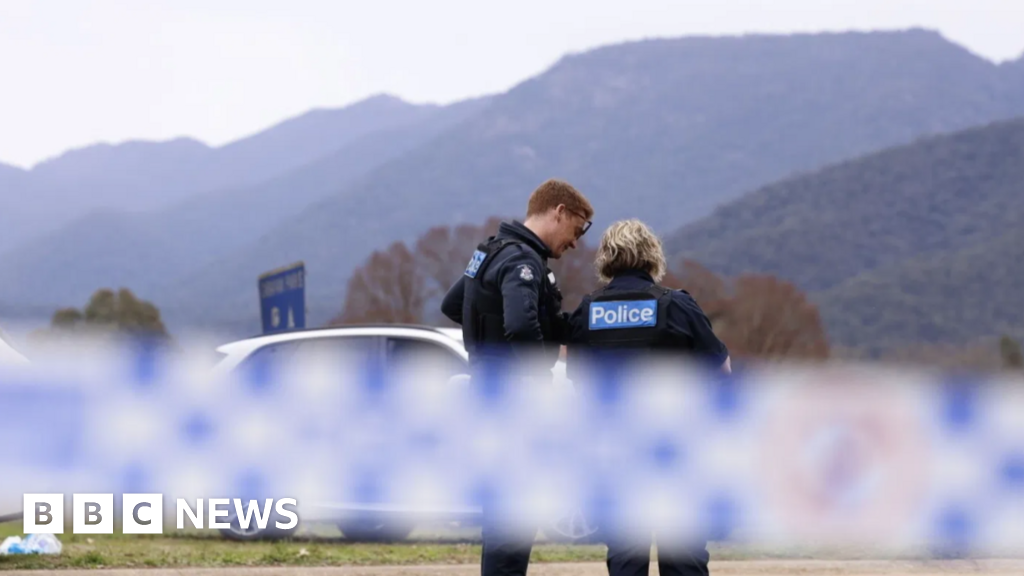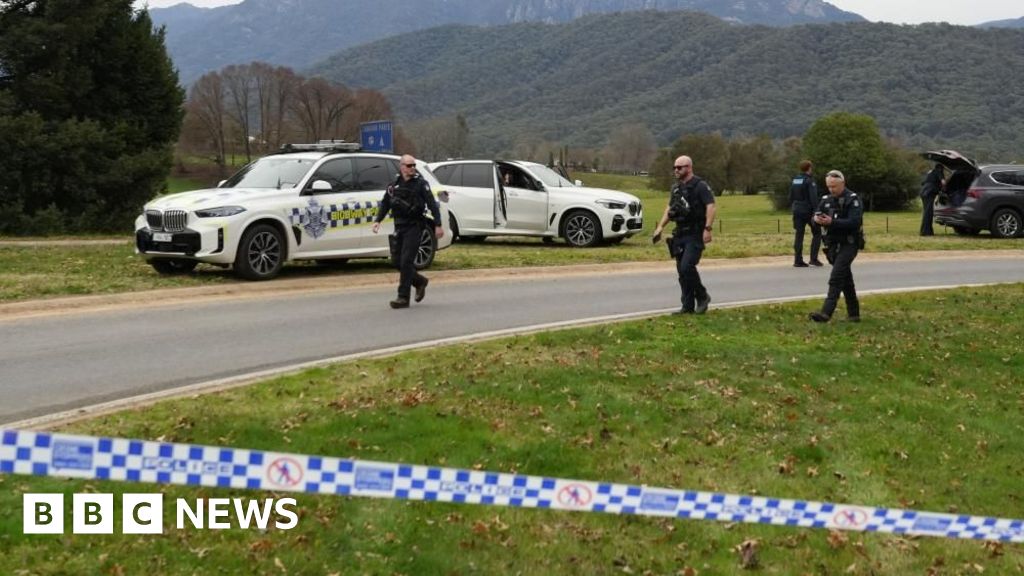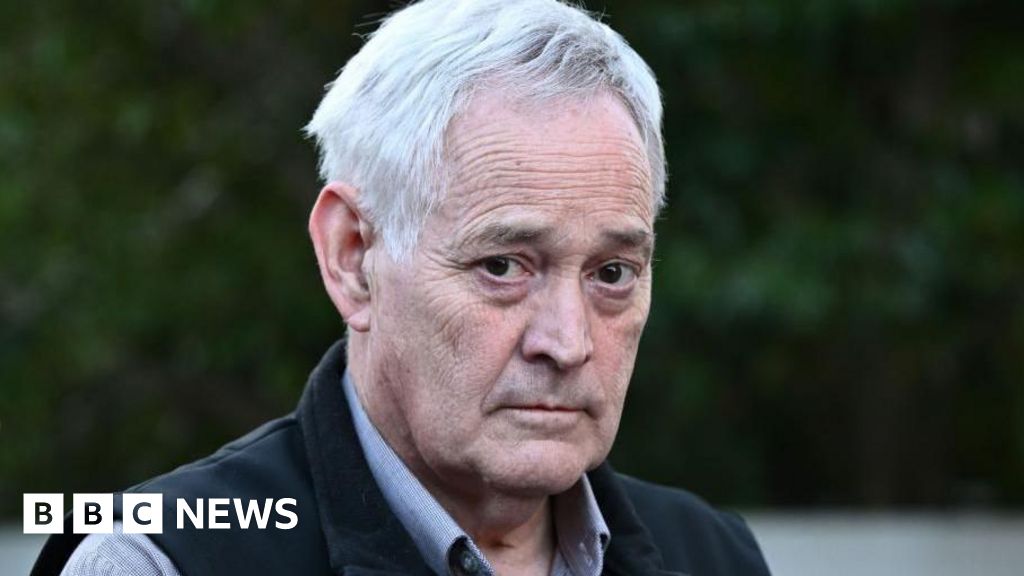For years, Erin Patterson was known online as a "super sleuth" within the true crime community, passionately dissecting criminal cases from behind her computer screen. However, her seemingly quiet life took a shocking turn two years ago when three individuals died, and another fell gravely ill after consuming a beef Wellington laced with toxic mushrooms at her home in rural Victoria. The ordeal thrust Patterson into the national spotlight, where her life was scrutinized under the harsh glare of public opinion.
Following a recent verdict where she was found guilty of all charges, the intrigue surrounding Patterson has only intensified. Journalists from around the world have flocked to Morwell to cover the trial, and the courtroom has been filled daily with spectators eager for a glimpse of the proceedings. The trial, described as one of the largest in Australian history, has seen countless media outlets capturing the details, while amateur sleuths engage in fervent online discussions, dissecting every piece of evidence.
Criminal psychologist Tim Watson-Munro noted the case had “shades of Macbeth," suggesting a dramatic narrative surrounding Patterson's actions. Over 11 weeks, the tiny courthouse in Morwell became the epicenter of a significant media storm. Documentarians and podcasters filled the region, eager to document every twist in real-time, while local residents and visitors queued outside, prepared to brave the elements for a coveted seat inside the courtroom.
Among the crowd was Tammy Egglestone, who spent more than an hour commuting each day to follow the trial closely. Her passion for true crime mirrored Patterson’s own prior to her indictment, as she was an active participant in a Facebook group devoted to analyzing real-life cases, including that of Keli Lane, another woman intertwined in a notorious Australian murder trial.
As the trial progressed, Patterson's life was put on trial in the court of public opinion. With social media rife with memes and conspiracy theories, the discourse around her guilt escalated. People speculated on her motives and actions, forming a broad array of opinions, many of which strayed into conspiracy territory despite legislation designed to protect the rights of the accused.
Observers like Egglestone described a divided public; some believed Patterson’s lies reflected a lack of empathy, while others considered alternative viewpoints that urged caution against prejudging the case. Yet the media frenzy around Patterson continues, evidenced by documentaries, podcasts, and even a potential drama series inspired by her story.
As the true crime phenomenon surrounding Patterson unfolds, researchers and psychologists alike point out societal perceptions at play, particularly around women who commit crimes—challenging traditional gender roles. Dr. Brandy Cochrane of Victoria University noted the societal expectations placed upon women, emphasizing how deviations from these norms can skew public perception significantly.
Amid the sensationalism, the communities affected by the tragic losses express concern that the memories of the deceased—Patterson's family members—are being overshadowed by the entertainment that has emerged from the trial. Local councillor Nathan Hersey highlighted the grief experienced by the victims’ families, lamenting the focus on the spectacle rather than honoring those who lost their lives.
Ultimately, Erin Patterson's case continues to captivate, reigniting discussions about true crime culture, media responsibility, and the human stories overshadowed by headlines.
















